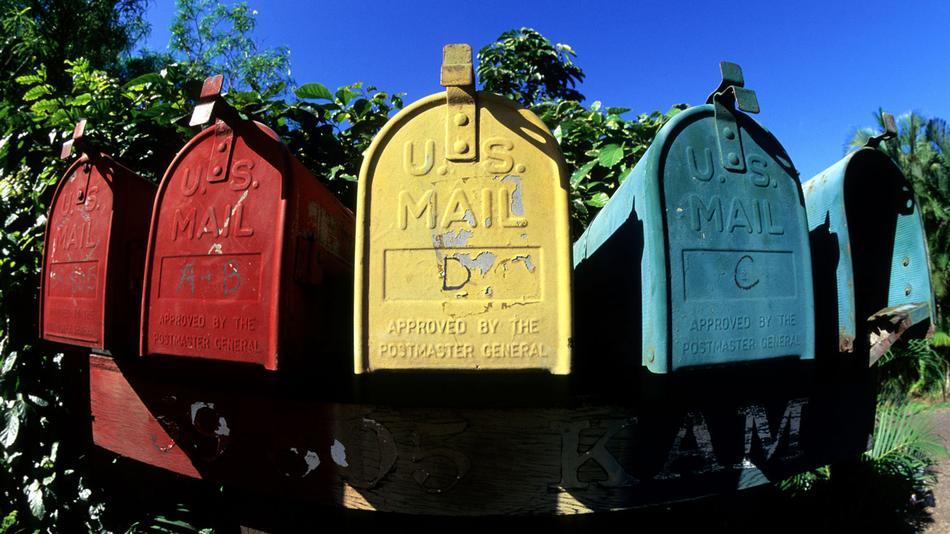Recently, I was at a dinner with a few colleagues in the fundraising business. One of them posed this question: ” What percentage of mail today is asking for a gift from a charity?” I blurted out, “70%!” Others said, 40 or 50% and one said 85%.
And the answer is? .05% of mail is actually from a charity asking for a gift. Yep, that’s right. In fact, you can read it in this article from USA Today.
Personal letters account for only .07% of the mail and .03 of the mail is a personal invitation. Most of the mail consists of commercial advertising, fliers and bills.
My how things have changed.
Earlier in the day, prior to that dinner, I met with several MGO’s discussing their caseloads. Here is an all-too-typical response I received to my question about the latest communication with a donor: “Well, I sent him an e-mail about this upcoming event and I didn’t hear back, so I followed up a week later with another e-mail and an URGENT red exclamation point.”
I hear this all the time.
We’ve had an e-mail culture for a good 15 years now. Remember how exciting e-mail was when it first appeared? I read everything. Now, I delete most of it.
Remember how we used to wait for the mail to come? Now, it’s almost an afterthought.
Why do we delete our e-mails and only casually look at mail today? Because they’re not personal anymore.
This is an opportunity for you as someone who works for major donors. When was the last handwritten letter or note you sent to one of your donors? When was the last article you either cut out of a magazine or newspaper and sent in a personal, handwritten envelope to you donor?
A couple of weeks ago, I arranged a 50th birthday party for a friend of mine. We all had a great time on a Saturday evening. On Tuesday, when I checked the mail, there was a handwritten envelope with my name on it. I literally threw the other mail on the table and immediately opened the envelope.
What was it? A thank you from my good friend telling me how much he appreciated the birthday celebration and, more importantly, our friendship. Folks, that card is still sitting on my desk. I cannot tell you how much a personal card like that meant to me.
My friend could have easily just shot me an e-mail, and that would have been fine. But to know he took the time to actually write some words on a piece of paper, address it, and put a stamp on it really made me feel special.
Remember how you felt when you received those holiday cards in the mail a couple of months ago? You couldn’t wait to open them.
Because mail has become so IMPERSONAL in today’s society, it has actually created an opportunity for you to reach out to your donors and make a meaningful impact in a personal way.
STOP e-mailing and start mailing to your donors. Yes, I know it’s going to take more time and effort… but that’s the point. It will make an impact on your donor.
Okay, I’m not saying stop e-mailing entirely. IF your donor loves to communicate that way, great. However, remember, you are not your donors. Most major donors are in their 50’s, 60’s, 70’s and 80’s. Receiving personal mail is a wonderful thing. Heck, it’s a wonderful thing for anyone.
We’re all looking for ways to reach out to our donors. E-mail, Facebook, Twitter and YouTube are all great tools. But, don’t forget that ancient and personal communication called the U.S. Mail.
It will make an impact!
Jeff




Great post…thanks.